PyTorch Vs Tensorflow: Detailed Comparison
In the dynamic world of machine learning, the PyTorch vs TensorFlow debate encapsulates the comparison between two leading frameworks that are shaping the future of AI and deep learning projects.
What is PyTorch?
PyTorch is an open-source machine learning library developed by Facebook's AI Research lab, providing a flexible platform for deep learning and scientific computing. It is known for its dynamic computational graph and efficient memory usage, making it particularly favorable for rapid prototyping and research. For a more comprehensive understanding, you can explore this detailed resource.
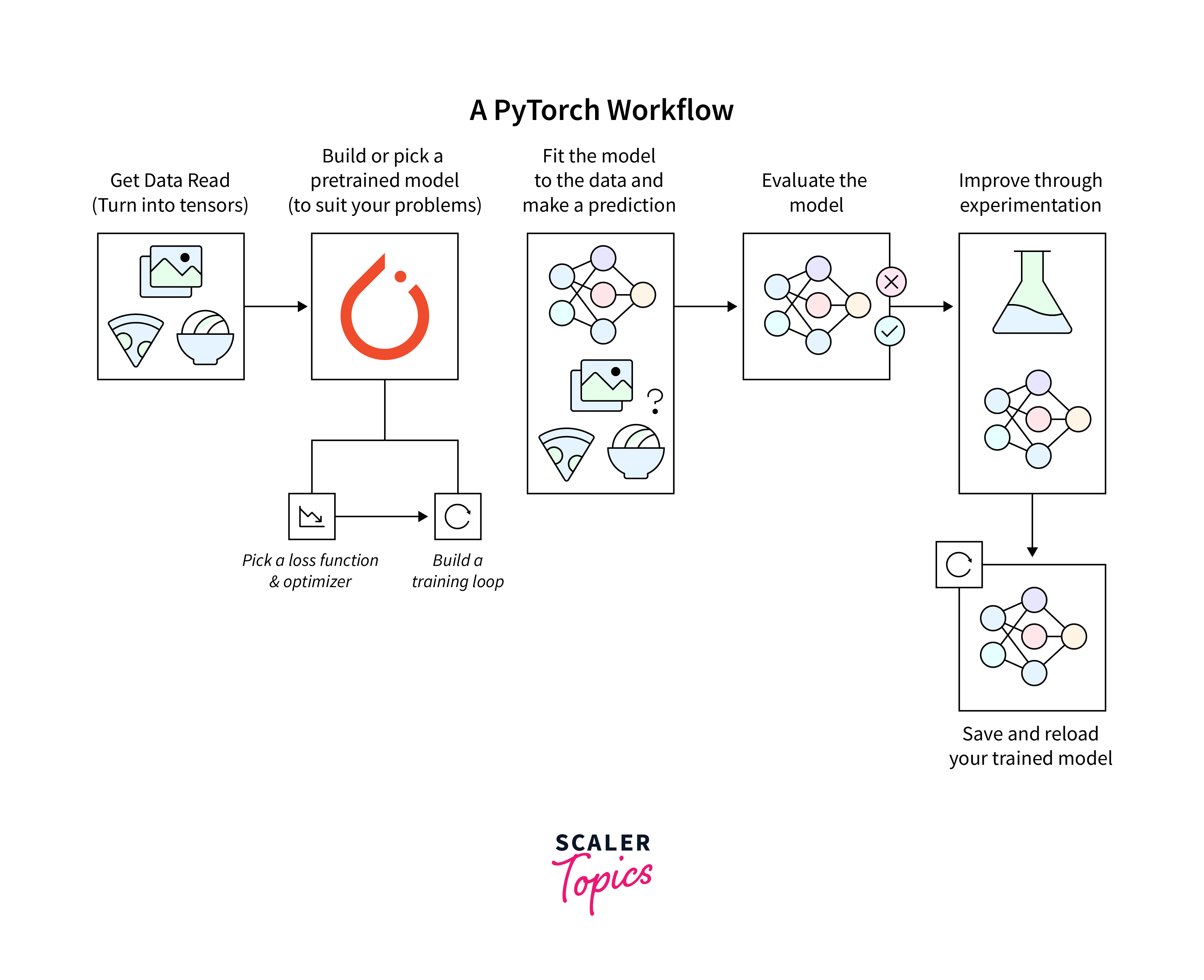
Advantages:
- Dynamic Computation Graph: Allows for modifications to the graph on-the-fly and is intuitive for programming and debugging.
- Pythonic Nature: Seamlessly integrates with the Python data science stack, making it easy to learn and use.
- Strong Community Support: Backed by a robust community and continuous updates, providing a wealth of resources and pre-trained models.
- Efficient Memory Usage: Optimizes memory allocation, which is beneficial for training large models.
- Ease of Use: Simplified API and architecture make it user-friendly, especially for beginners and researchers.
Limitations:
- Less Mature Ecosystem: Compared to TensorFlow, PyTorch has a smaller ecosystem, which might limit some applications.
- Deployment: While improving, the deployment of PyTorch models, particularly in mobile and web environments, has been historically more challenging than TensorFlow.
- Performance Scaling: TensorFlow might edge out PyTorch in large-scale performance optimization and deployment, particularly in distributed settings.
What is TensorFlow?
TensorFlow is an open-source framework developed by the Google Brain team, designed for high-performance numerical computation. It's extensively used for deep learning tasks and supports both CPUs and GPUs. TensorFlow is notable for its flexible architecture that allows for easy deployment across various platforms. For a deeper dive into TensorFlow, consider visiting this detailed guide.
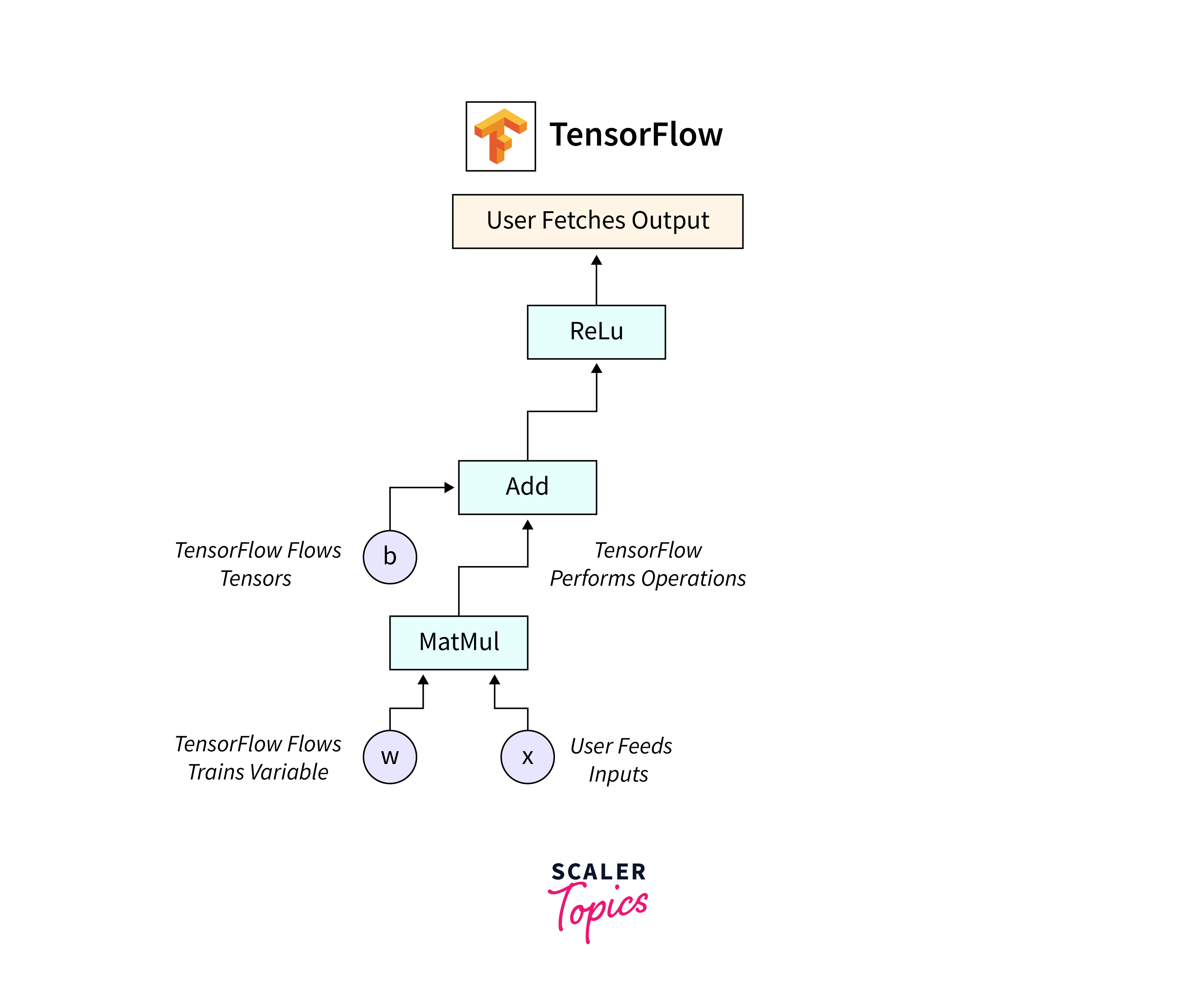
Advantages:
- Wide Adoption: Used by both academia and industry, making it a standard for many deep learning applications.
- Scalability: Excels in distributed computing, making it suitable for large-scale systems and production environments.
- TensorBoard: Offers a powerful visualization tool for model training and debugging.
- Comprehensive Libraries: Comes with a vast array of tools and libraries for various applications, including TensorFlow Lite for mobile and embedded devices.
- Support for Multiple Languages: While Python is the primary language, TensorFlow supports other languages, broadening its accessibility.
Limitations:
- Steep Learning Curve: Its comprehensive nature and abstraction level can be daunting for beginners.
- Static Computation Graph: Requires defining the entire computation graph before running the model, which can be less intuitive compared to dynamic graphs.
- Verbose Syntax: Some users find TensorFlow's API to be more verbose and complex, especially when compared to PyTorch's more Pythonic style.
5 Important Differences Between PyTorch and TensorFlow
Here's a table highlighting 5 important differences between PyTorch and TensorFlow:
| Feature | PyTorch | TensorFlow |
|---|---|---|
| Computation Graph | Dynamic (Define-by-Run) | Static (Define-and-Run) |
| Ease of Use | More Pythonic, intuitive API, favored for rapid prototyping and research. | Steeper learning curve, more verbose API, but extensive documentation and community support. |
| Performance and Scalability | Highly efficient, particularly with GPUs for research and smaller scale applications. | Optimized for large-scale production and deployment, with robust support for distributed computing. |
| Visualization | TensorBoard support through PyTorch's torch.utils.tensorboard module. | Native TensorBoard integration for detailed visualization and model analysis. |
| Deployment | Improving with tools like TorchScript and PyTorch Mobile, but historically seen as more complex. | Strong support for deployment across various platforms, including TensorFlow Serving, TensorFlow Lite, and TensorFlow.js. |
What We Can Build With
In the realm of deep learning, PyTorch and TensorFlow stand out as two of the most popular frameworks, each offering unique tools and features for building sophisticated machine learning models. Whether you're interested in computer vision, natural language processing, or any other AI-driven application, understanding what you can build with each framework is crucial. Here's a glimpse into the possibilities with PyTorch and TensorFlow, highlighting their versatility and strengths in various domains.
PyTorch
- Computer Vision Applications: With PyTorch, developers can build state-of-the-art systems for image classification, object detection, and facial recognition, leveraging its dynamic nature for innovative model architectures.
- Natural Language Processing (NLP): PyTorch is highly suitable for NLP projects, including language translation, sentiment analysis, and chatbots, thanks to its dynamic computation graph and efficient handling of variable-length sequences.
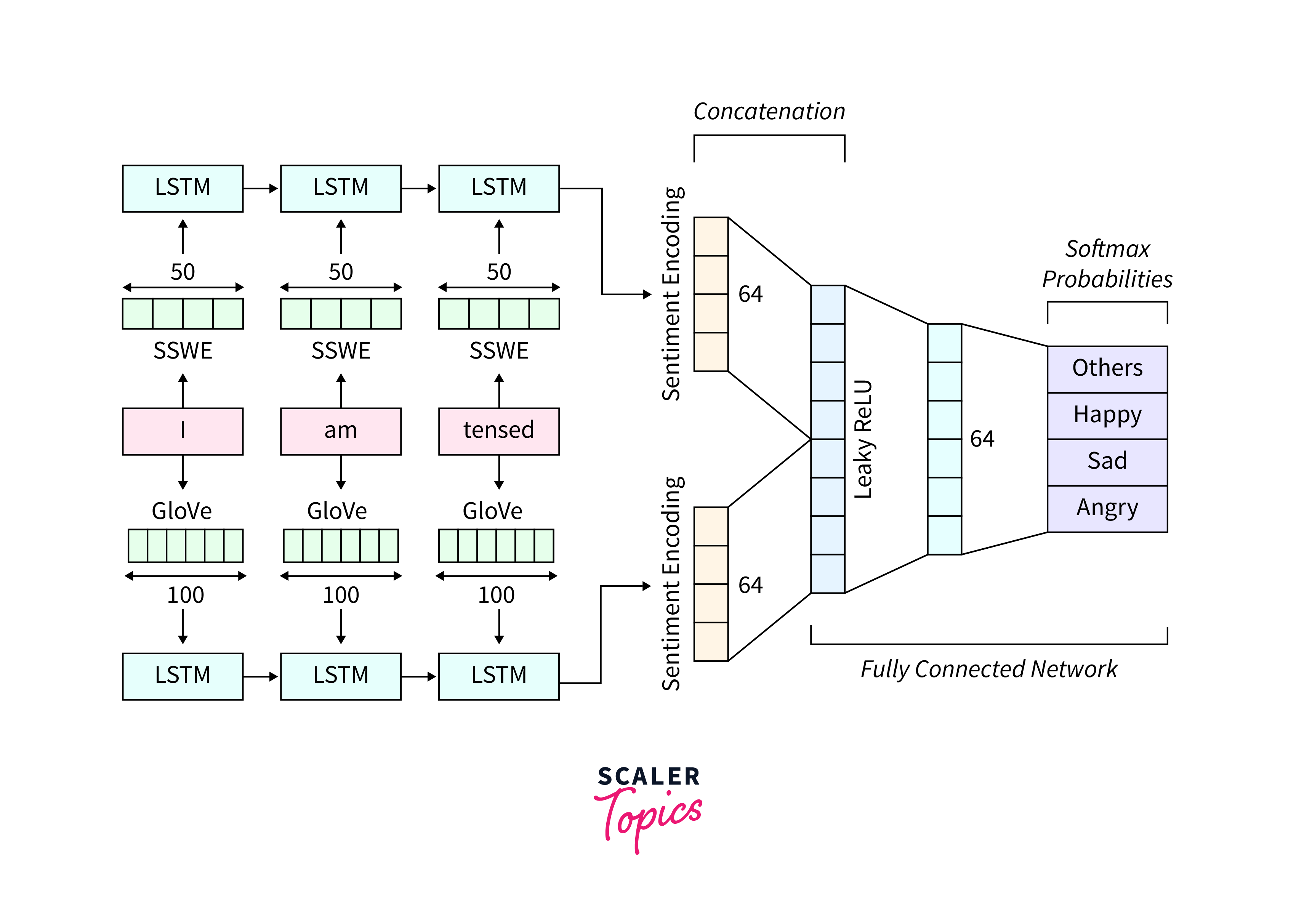
- Generative Models: Implementing generative models like Generative Adversarial Networks (GANs) and Variational Autoencoders (VAEs) is straightforward with PyTorch, making it a go-to for creative AI applications.
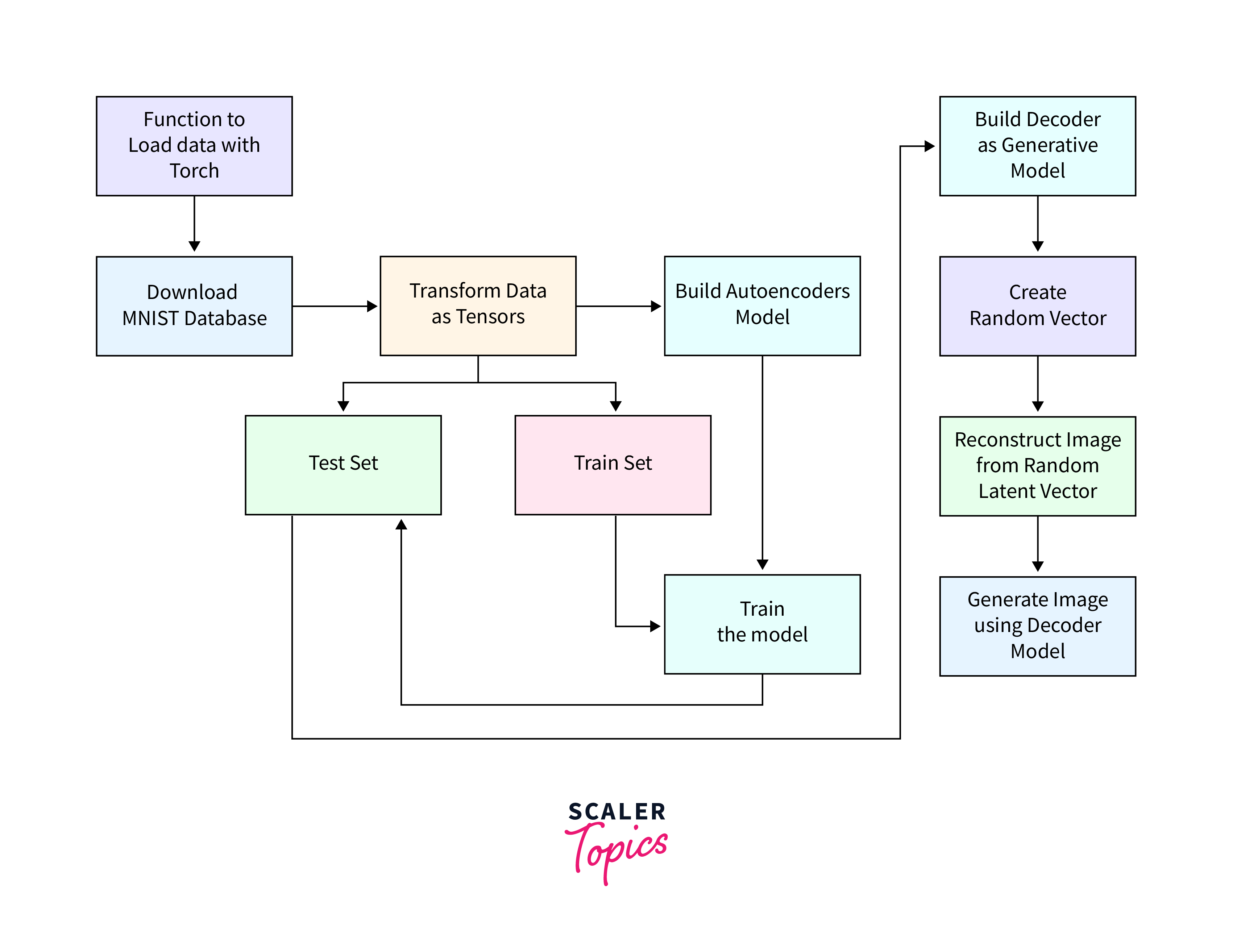
- Reinforcement Learning: PyTorch's flexibility and speed make it ideal for developing reinforcement learning algorithms, which are used in game AI, robotics, and simulation-based optimization problems.
- Scientific Computing: Beyond deep learning, PyTorch is used in scientific research for simulations, graph neural networks, and other computationally intensive tasks due to its seamless integration with the Python scientific stack.
TensorFlow
- Scalable Machine Learning Models: TensorFlow shines in building and scaling complex machine learning models for large datasets, making it suitable for enterprise-level applications in industries like finance and healthcare.
- Production-Ready Models: With TensorFlow Serving and TensorFlow Lite, developers can easily deploy machine learning models into production environments, including mobile and embedded devices.
- Advanced Deep Learning: TensorFlow's comprehensive ecosystem supports cutting-edge deep learning techniques, from convolutional neural networks (CNNs) for image processing to recurrent neural networks (RNNs) for sequential data.
- Distributed Machine Learning: TensorFlow's design for distributed computing allows for the efficient training of models on multi-GPU and multi-node setups, ideal for projects requiring high computational power.
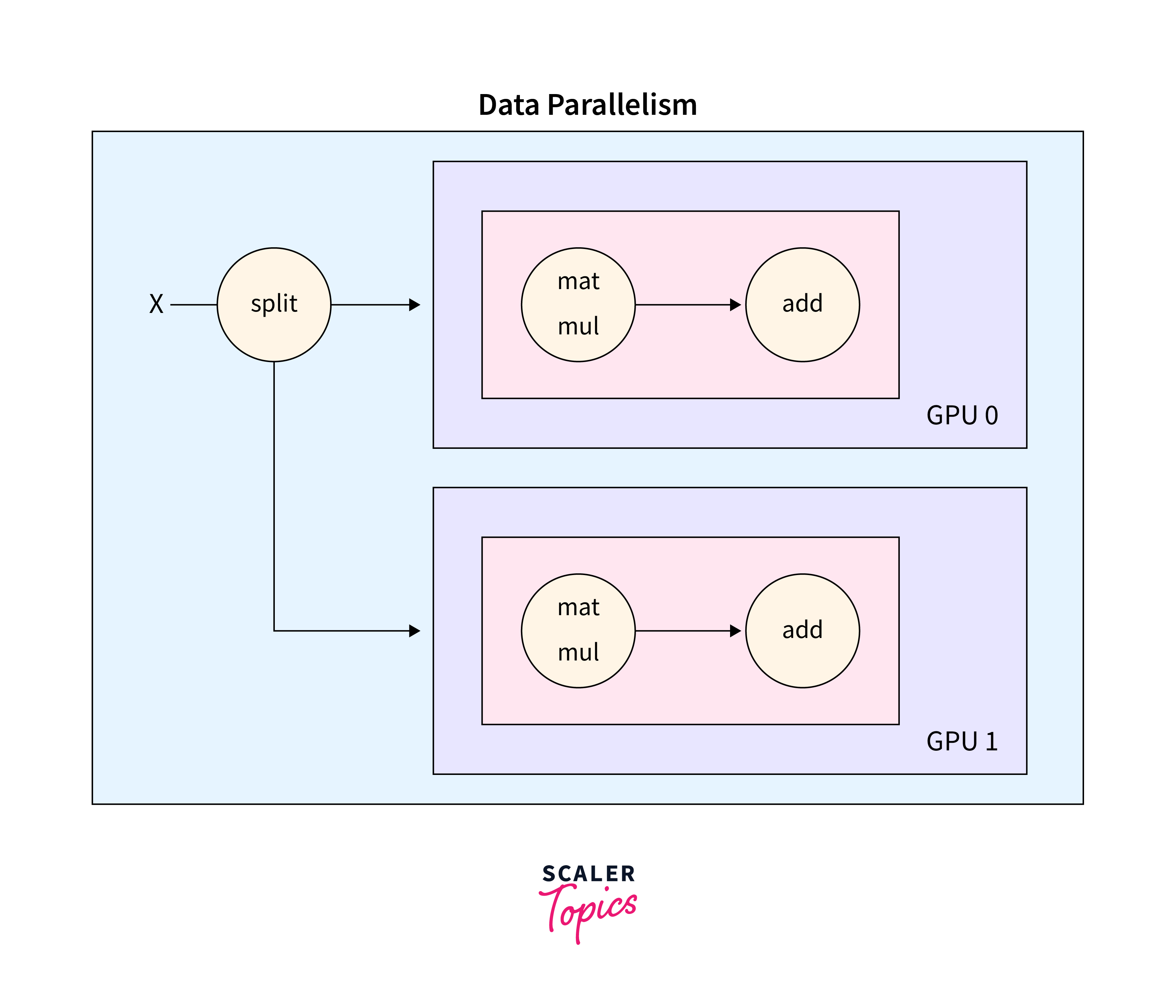
- Cross-Platform AI Applications: TensorFlow's ability to run on various platforms, including web and mobile, through TensorFlow.js and TensorFlow Lite, respectively, enables the development of AI applications that can reach a wide audience.
PyTorch Vs TensorFlow: Installations, Versions and Updates
When comparing PyTorch vs TensorFlow, understanding the nuances of their installations, versioning, and how they handle updates is essential for developers and researchers to ensure compatibility and leverage the latest features.
| Aspect | PyTorch | TensorFlow |
|---|---|---|
| Installation | Straightforward, often with a pip or conda command. Customizable for CUDA support via the official website's command generator. | Supports pip and conda, with additional GPU support packages. Well-documented for various OS and environments. |
| Versions | Follows semantic versioning with regular releases for new features, bug fixes, and performance improvements. Major versions may introduce significant changes. | Adheres to semantic versioning, with systematic organization of releases. TensorFlow 2.x brought significant changes from TensorFlow 1.x. |
| Updates | User-driven, requiring manual updates. The community contributes to a rapid iteration cycle. | Requires manual updates by the user. Regular updates focus on enhancing functionality, extending support, and optimizing performance. |
Which One to Choose?
Choosing between PyTorch and TensorFlow depends on various factors, each catering to different needs and preferences. Here are some considerations to help make an informed decision:
- Project Requirements: If the project demands rapid prototyping and dynamic computation graphs, PyTorch might be the better choice. For large-scale production and deployment, TensorFlow's ecosystem provides robust solutions.
- Ease of Use: Beginners or those who prefer a more Pythonic, intuitive API might lean towards PyTorch for its simplicity and ease of understanding. TensorFlow, while more verbose, offers extensive documentation and a larger community for support.
- Community and Support: TensorFlow has a larger community and more widespread industry adoption, which can be beneficial for finding solutions and hiring talent. PyTorch, however, is rapidly growing and is highly regarded in academic and research settings.
- Performance and Scalability: For projects requiring high-performance computing and scalability, TensorFlow's distributed computing capabilities are unrivaled. PyTorch is catching up in this area and is preferred for its dynamic nature and efficiency in research prototypes.
- Ecosystem and Tools: TensorFlow's extensive ecosystem, including TensorFlow Serving, TensorFlow Lite, and TensorBoard, offers a comprehensive suite for building, training, and deploying models. PyTorch users often appreciate its compatibility with the Python ecosystem and the straightforward integration of third-party libraries.
- Learning Curve: PyTorch generally offers a gentler learning curve due to its straightforward design and documentation, making it a good starting point for those new to deep learning. TensorFlow's complexity and breadth might be more suited to experienced users or those requiring advanced features.
Conclusion
- PyTorch is often praised for its flexibility and user-friendly interface, making it ideal for research and prototyping.
- TensorFlow, on the other hand, excels in scalability and deployment, offering robust solutions for large-scale applications.
- Both frameworks boast strong communities, but TensorFlow has a wider adoption in the industry, while PyTorch is rapidly growing, especially in the academic and research sectors.
- PyTorch and TensorFlow are continuously evolving, with each update bringing enhancements and new features that close the gap between them, making the choice increasingly dependent on specific project needs rather than overall capabilities.
- Beginners might find PyTorch easier to start with due to its intuitive nature, but TensorFlow's extensive documentation and tutorials can effectively support the learning process.
